Ignoring the ground/shield separation at the audio jack, you get a two-wire interface at the plug. The FET does double duty as a minimum drop source follower power supply (DC) and mixer output (AC input via C2 after adding negative feedback via R1). The LM385 stabilizes VCC at about 2.4V, with U1 and BE of Q2 being a fast hard limiter, C4 stabilizing the DC targeted by VCC, C3 stabilising DC current (so that VCC current fluctuations are mostly blocked from the 2-wire interface).
Now voltage regulation via C4 will (ignoring the hard limiting) overshoot because C3 adds additional delay. My idea was to add one bypass resistor from the right end of R4 to the left end of R3 that will just compensate for the overshoot. Because of the ratio of C3 and C4 I'd guess this to be in the 10M to 20M ballpark.
The MEMS microphones are specified with something like 1.8V minimum supply voltage, 2.7V typical and 3.6V maximum, but there is no information what the consequences of the chosen operating voltage on the microphone behavior will be.
Connectivity via adapter cables can cause different operating voltages: wireless transmitters tend to provide something like 5V, an XLR phantom power adapter I have will be close to 9V. The hard limiting may be problematic with regard to noise behavior; one could conceivably forego it by moving R6 down to the emitter path of Q2 but I am a bit queasy about that.
At any rate, the problem is how to best separate power supply and signal effects for a comparatively wide variety of operating voltages.
The FET setup appears to offer minimal dropout operation (including zero dropout) with reasonable AC performance but I may be overlooking something.
